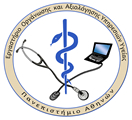Symptoms
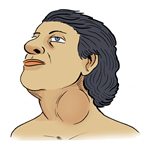 1. Swelling of one or more salivary glands, usually the ones behind the ear towards the back of the cheek (parotid glands) on one or both sides of the head 1. Swelling of one or more salivary glands, usually the ones behind the ear towards the back of the cheek (parotid glands) on one or both sides of the head
|
| |
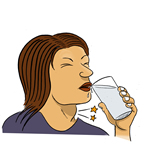 2. Difficulty swallowing 2. Difficulty swallowing
|
| |
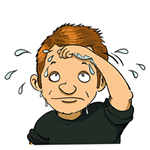 3. Low-grade fever 3. Low-grade fever
|
| |
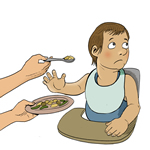 4. Loss of appetite 4. Loss of appetite
|
| |
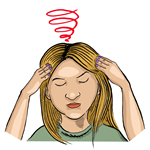 5. Headache 5. Headache
|
15-20% of persons infected with mumps do not present any symptoms.
In children the disease is usually mild. Adults may present more severe symptoms and more complications (e.g. brain inflammation, testicular inflammation).
Transmission
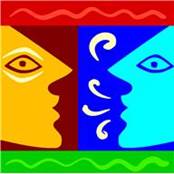
Mumps is spread directly from person to person through droplets, saliva or secretions from the mouth or nose of the person infected with mumps, usually when the person coughs, sneezes or talks. Mumps may also be transmitted indirectly through contact with contaminated surfaces or items. It is contagious before the swelling of the parotids as well as until 5 days subsequently.
Treatment

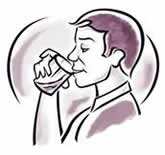

For the treatment of the disease you should seek medical help. There is no therapy for mumps. Treatment is focused on relieving symptoms (get plenty of rest, take lots of fluids, take antipyretics).
Prevention

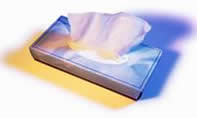

-
Vaccination is the best way of prevention.
-
A patient with mumps should avoid close contact, in particular with infants and immunocompromised people who cannot be vaccinated
-
A person sick with mumps should stay at home and stay off work or school for 5 days following the swelling of parotids. In addition, the patient should avoid contact with the rest of the family members.
-
Cover your mouth when you cough or sneeze.
-
Wash hands thoroughly and frequently and educate little children to do so.
-
Avoid sharing utensils and items with others.
-
Regularly clean items used frequently (e.g. toys, door knobs, tables, counters) with soap and water or with cleaning wipes.
When to seek medical advice
If mumps is suspected for yourself or your child, seek medical advice.
Vaccines
Τhe vaccine for mumps is available as part of the measles-mumps-rubella (MMR) vaccine and of the measles-mumps-rubella-varicella (MMRV) vaccine. It is administered in 2 doses: the first dose is given to children 12 - 15 months old, according to the National Immunization schedule. The second dose is given at the age of 4 – 6 years.
Asymptomatic HIV-infected individuals should be vaccinated.
References
keelpno






















